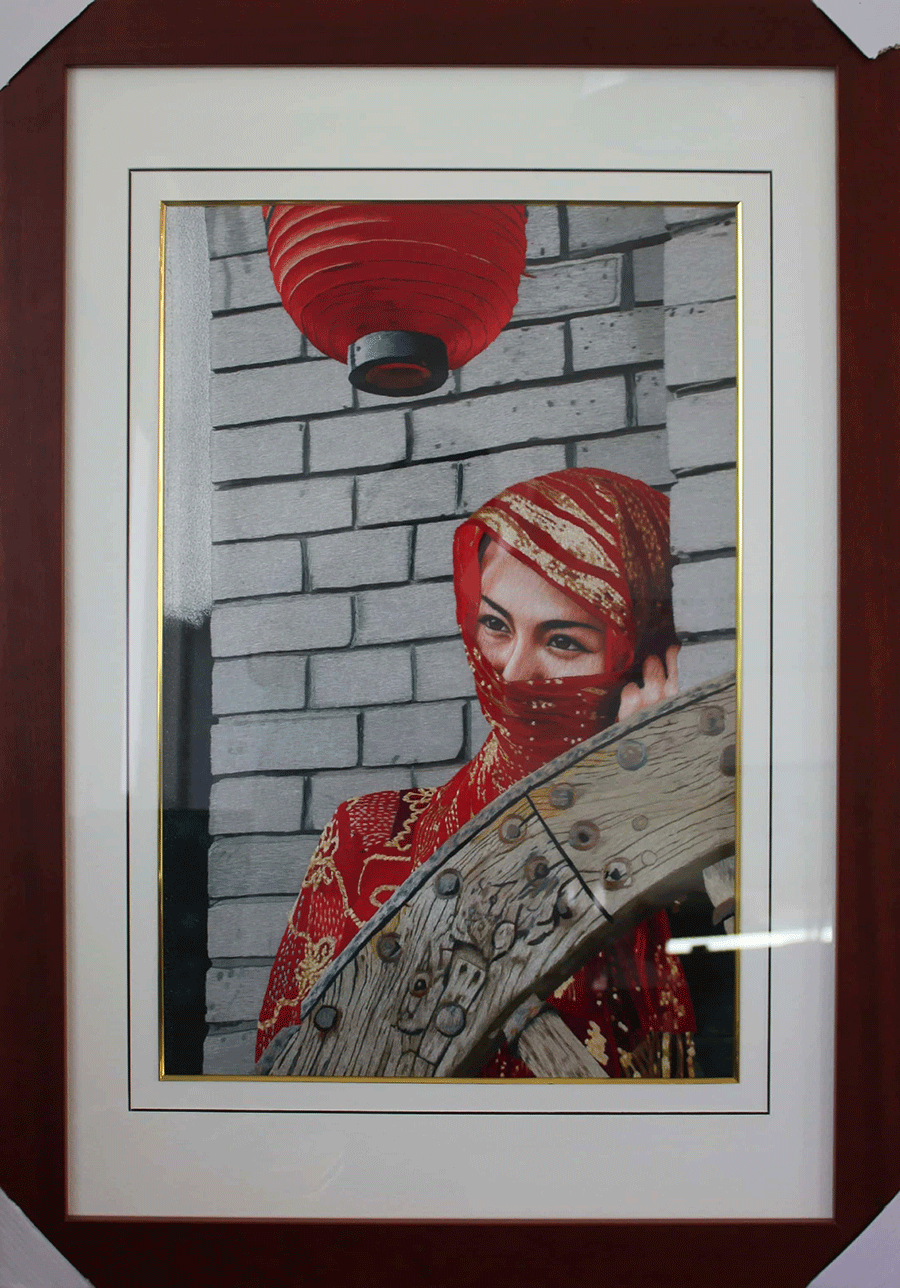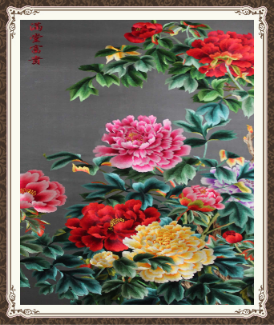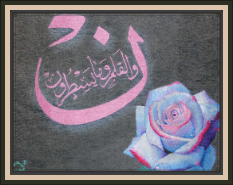National textile and apparel import and export overview from January to May 2012
Embroidery painting
Chinese painting has a long history and is associated with human beings. It faithfully records human emotions, psychology and behavior. It is an important part of Chinese traditional culture and the most precious and splendid artistic heritage in the history of five thousand years of Chinese civilization. It is the history of ancient painting masters who will work hard and life into the composition, image and color created, as we walked into the dreamlike beauty of the temple, enjoy its profound, colorful historical connotation and cultural landscape , Can not only increase knowledge, improve taste, beauty of the true meaning, but also cultivate sentiments, spiritual and physical, get the United States to enjoy. The Complete Collection of World Famous Paintings in China takes the five thousand years of fine art masterpieces from China as a source of income, vividly and truly shows masterpieces of famous masters, collecting and observing copy books, cultivating their temperament, purifying their minds, improving their taste and qualities . With the passage of time, but also shows its appreciation value, historical value, academic value, cultural value and collection value. Chinese painting can be roughly divided into: figures, landscapes, boundary paintings, flowers, fruits, Lingbi, insects and other painting department.
As the traditional craft of our country, embroidery has more than 2000 years of history and now it is listed as intangible cultural heritages. Has been recognized by many countries, all over the world.
"Painting embroidery" is a kind of half-embroidery and half-finished embroidery, and the art of painting is matched with the embroidery craft to make the work more realistic and realistic in texture, and the painting and embroidery are considered to be similar in ancient times. Zhang Yanyuan from the "famous paintings in ancient history", describing the king of Zhao Zhao Wu Ren not only unique in painting and calligraphy, but also to needle on behalf of the pen, "Ten Spring" to reproduce the calligraphy and painting look brilliant. ".
Embroidery paintings mainly in the Song Dynasty calligraphy and painting, because the Song Dynasty calligraphy and painting has always been respected by Chinese literati, its artistic attainments irreplaceable. The neat and tidy painting style of the Song Dynasty is very suitable for the production of embroidery. Using the famous painter's paintings of the time as the embroidery script, it almost became the manifestation of all embroidery forms.
Handmade Embroidery Painting,Celebration Famous Paintings,Collectible Gift Home Decoration,Hand Embroidered Landscape Painting Haiyuan Aisha Handicrafts Company Limted , https://www.nxembroidery.com
From the data point of view, the situation of China's textile and apparel trade has improved slightly in May. When the monthly imports and exports were all increased, the export value once again climbed to more than US$20 billion. Export growth does not rule out the influence of seasonal factors. Before the economic downturn in the major export markets has been reversed, it is still unlikely that textile and apparel exports will resume high growth.
The three major emerging markets grew rapidly in May. According to the growth rate of exports, the top three markets for textiles and apparel exports in China were ASEAN (39.3% growth), the Middle East (36.5%) and Africa (23.4%), while the same period Exports to the EU dropped by 12.6%, only 3.5% for Japan and 9.7% for the United States.
From January to May, according to the ranking of export growth, the top three markets for textiles and apparel exports in China were the Middle East (up 25.7%), ASEAN (20.5%), and Africa (16.5%), both of which reached double digits. Far more than average. At the same time, exports to the European Union fell by 11.5% over the same period and only increased by 4.5% against Japan. In the traditional market, the United States is relatively good, with exports to the United States growing by 8.3%.
General trade exports maintained growth in May, general trade and processing trade exports increased by 6.8% and 1.1%, respectively, both lower than the average. During the same period, small-frontier trade exports increased by 57%, driving the overall export growth by 1.5 percentage points. From January to May, total exports of general trade totaled 68.16 billion U.S. dollars, up 1.7%, and the processing trade decreased by 2.2%. The small-frontier trade has achieved outstanding performance, with an increase of 27.1%, of which 30% are Guangxi's border trade exports to Vietnam and the main export commodities are clothing.
The cumulative volume of yarn exports fell by 5 months. China's textile and apparel exports increased by 11% and 8.3% respectively. In textiles, the export of cotton products reversed the decline in the previous period and achieved rapid growth. The increase in cotton yarn and cotton fabrics reached 35.2% and 21.6%, respectively.
From January to May, the cumulative export volume of yarns in China decreased by 7.3%, and the unit price of exports fell by 6.4%, of which cotton and chemical fiber yarns, which accounted for the main share, continued to show negative growth. The export volume of knitted and woven garments decreased by 4.3%, of which woven garments with relatively high prices fell faster.
The exporting provinces resumed a slight increase in May. Exports from major exporting provinces such as Zhejiang, Jiangsu, Guangdong, and Shanghai achieved a slight increase, but the increase was lower than the average. During the same period, Fujian’s performance was outstanding. The monthly export growth was 24%, and the monthly export value exceeded Shanghai for the first time, ranking fourth among provincial and municipal exports.
From January to May, about 60% of the province's exports have increased. Of the top five export provinces, only Zhejiang and Shanghai maintained growth. Fujian's exports grew by 19.2%, accounting for 7.6% of the country’s total exports.
Cotton Yarn and Garment Drive Import Growth Due to the low price impact from neighboring competitors and the inversion of cotton prices at home and abroad, textile companies have gradually turned to the direct purchase of cotton yarn for production, which has led to a significant increase in the import volume of cotton yarn. In May, the import volume and amount of cotton yarns soared by 141% and 91.7% respectively. In the first five months, the cumulative import volume and amount of cotton yarn increased by 55% and 28% respectively. In the same period, the value of apparel imports increased by 22%, which together with cotton yarns led to an increase in overall imports.
Under the influence of the inversion of domestic and foreign spreads, cotton imports have grown rapidly. In May, the monthly import volume reached 500,000 tons, an increase of 247%. In the first five months, imports totaled 2.58 million tons, which had reached or surpassed the total imports for the years before 2010, an increase of 113% year-on-year, and the average import unit price was 2,350 USD/ton, down 22.1%.
The perfect combination of embroidery and Chinese painting gives the art a different beauty.


Combination of painting and embroidery, but also a different meaning, if you have a good painting, you can make it more valuable and meaningful, then let it become a combination of traditional Chinese painting and embroidery art, both show the author's skills , Has demonstrated a variety of clever acupuncture, the painting in the real and illusory combination, with the actual situation of ink and wash with a strong contrast
"Painting embroidery" is a kind of art that is derived from painting and reproduces the painting through the medium of living material such as "sewing thread". The unique value of "painting embroidery" lies in the reference and development of traditional Chinese folk culture such as "Harem Red" to the mainstream culture and exotic culture.



